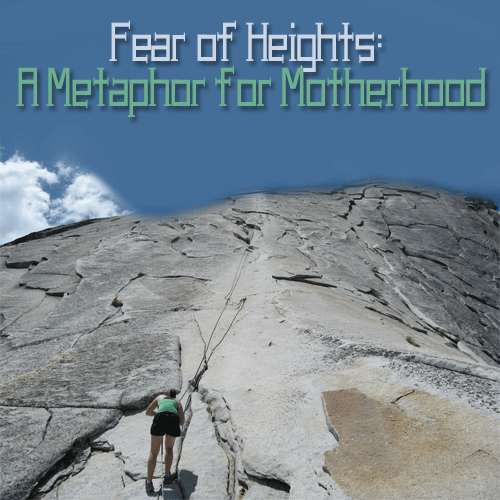
Feel the solidity of the barrier feel the comforting hug of the harness in your mind’s eye, slide your hand along the railing. With eyes closed, visualize in detail all of the security precautions that will surround you in the situation you’re about to enter. To proceed, set small goals–like, for instance, working an inch closer to a certain balcony railing every day. Enlightened psychologists still recommend that people confront their fear, but that they approach it steadily, at their own pace. In the modern era, we’ve done away with that poppycock. Patients’ phobias were considerably worse on the other end of that–and, often, the sufferer was saddled with severe additional trauma.

As you can imagine, this particular technique freaked people out to the extent of permanent damage. If you know that you are going to be in a situation that will expose you to acrophobic symptoms, take time to prepare yourself for the encounter, such as tandem skydiving.īack in the bad old days, psychologists treated phobias by (literally, in the case of fear of swimming) throwing people into the deep end. Here are five ways to tackle the challenge intelligently. So–without further ado–let’s see how we can solve the “problem” of acrophobia with a can-do mindset.
GET OVER YOUR FEAR OF HEIGHTS FULL
(If that’s not you, bless your lucky stars! People in that category often require years of therapy and anti-anxiety medication in order to live full lives.) You Shall Overcome In people who experience severe acrophobia, these symptoms can be triggered by the act of standing on a chair. You’ve almost certainly experienced these somewhere along the adventuresome course of your life.īreathlessness, dizziness, light-headedness, vertigo, excessive sweating, muscle tension, tremors, heart palpitations, stomach cramps, nausea, and headaches. Since acrophobia is an actual condition, it has actual symptoms. For these people, it’s almost a physical impossibility to drive across bridges, walk near a big window in a tall building or climb a ladder. Some folks, however, experience a more extreme form of this phobia. It makes steep skiing exhilarating, puts the thrill in a hot air balloon ride, delivers a satisfying rush in the trampoline gym and generally puts a little bit more spice in your life. It’s why you get butterflies in your stomach at the top of a ferris wheel. Our natural aversion to heights is why roller coasters exist. Therefore, even the tiniest baby expresses a natural aversion to high places. It keeps you safely away from the edges of tall buildings, cliffs, and bridges (unless, of course, you’re a BASE jumper). Researchers are reasonably sure that acrophobia is an evolutionary trait, which nudges our delicate human bodies away from the steep drops that could harm us. Because fear of heights is such a basic element of the human experience–and so important for the body’s instinctual mechanisms to enforce–almost everyone has it in at least a mild form.

In Greek, “acron” means heights and “phobos” means fear.

It was the Greeks that first put a name to the phenomenon. Few people on the planet live totally acrophobia-free lives, and we’re not even sure those guys are lucky! After all, there’s far more to this than meets the eye. There are few fears as petrifying, as tenacious…or as common. Fear of heights: perhaps, if you’ve broken through the other big fears in your life, it’s your final frontier.


 0 kommentar(er)
0 kommentar(er)
